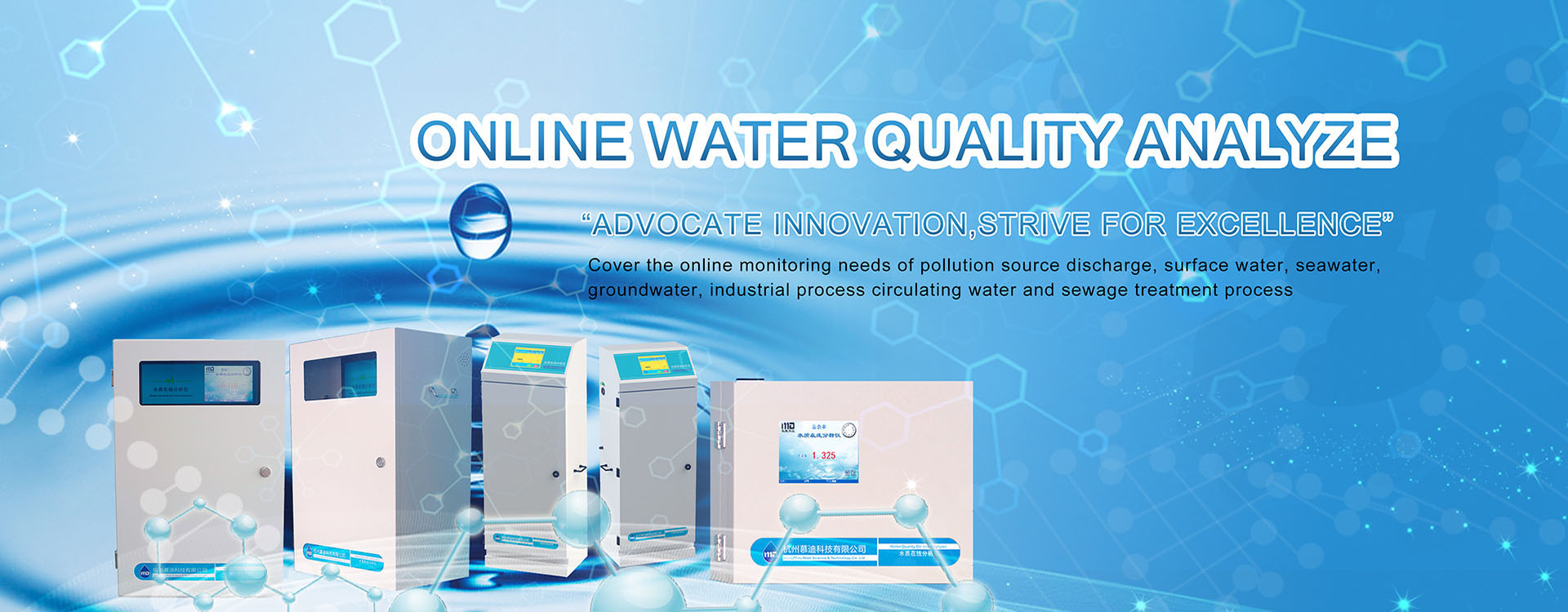The quality of the environment will directly affect the health of the body and the ecological environment, and a good living environment will have a good growth space. The water quality environment is one of the problems we pay attention to. So what are the requirements for testing the water quality of aquaculture? This chapter water quality online monitoring instrument manufacturers to understand together with you!
The water that is not polluted is a normal aquaculture water body, so what are the quality parameters that can affect the aquaculture water body? The main indicators are ph value (pH), dissolved oxygen, ammonia nitrogen, nitrite and other indicators can affect the water quality. Heavy metals, chemical sewage and other pollution of water sources, resulting in aquaculture water beyond the “fishery water quality standards”, the water quality can not be used for aquaculture. And to conduct regular and comprehensive testing of aquaculture water, so as not to bring some unnecessary trouble!
We know that water quality monitors can detect data about the quality of effluent. These data can tell us the status of aquaculture water quality, so as to judge whether the water quality meets the needs of aquatic animals growth, and whether it will cause any diseases. Another role is to improve water quality, provide evidence for the use of fish diseases, and reduce the loss of fish deaths caused by daily management such as fertilization, feeding, and medication. Therefore, water quality testing is necessary to ensure the health of water quality, and it is also the basis of healthy aquaculture.
The quality of aquaculture water is fat, alive, tender and cool, which is a visual summary of good water quality and water color in the long-term production practice of fishermen. Among them, the water quality and fertilizer said that the plankton population of the bait was large, large in quantity and high in reproduction. Under the influence of external conditions such as light and temperature, the active water layer and water area also change, resulting in changeable colors of the water body. So you can judge the quality of water quality through the color of water quality, the following colors of water quality is better!
· Mung bean color: The main types of phytoplankton are green globular algae and cryptomyces, diatoms, and sometimes yellow-green algae, etc., with transparency of about 25 to 30 cm;
· Light brown with green: high transparency, the main species of phytoplankton are diatoms, part of chlorella, chrysochlorella and yellow green algae;
· Oil green: The main species of phytoplankton are crypto-algae, diatoms, some chrysochlorella and part of Chlorella. When crypto algae and chlorella are abundant, transparency is lower.
These water colors, when the weather is hot on the water surface, there is no any color of bubbles or floating film!




